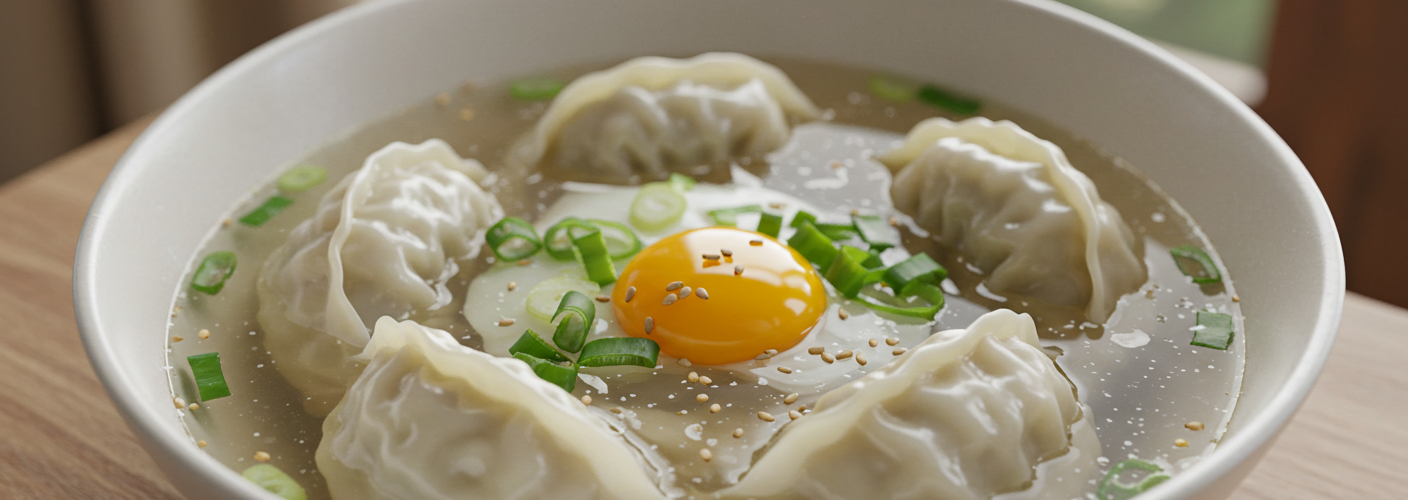Manduguk, a comforting Korean dish, is a must-try for anyone seeking warmth and richness in their culinary experiences. This delectable dumpling soup, served in a savory anchovy or beef broth, is not only a fantastic meal but also a beloved part of Korean tradition, celebrated for its nourishing qualities and delightful flavors.
At the heart of Manduguk lies its signature dumplings, or “mandu.” These dumplings can be filled with various ingredients, including minced meat such as beef or pork, vegetables, and tofu, making each bite a delightful combination of textures and flavors. The dumplings are usually handmade, a practice that adds an extra layer of love and attention to the dish. When cooked, they are tender, with perfectly sealed edges, ready to soak up the rich broth.
The broth is the star of this dish, with two popular variations: anchovy or beef. For the anchovy version, dried anchovies are boiled to create a light, umami-packed base that enhances the flavor of the dumplings. This broth offers a delicate and refreshing taste, perfect for those seeking a lighter meal. On the other hand, the beef broth serves as a heartier alternative, slow-cooked to extract the deep, rich flavors of the meat and bones. This version of Manduguk is particularly satisfying during colder months, wrapping you in a warm embrace with each bowl you savor.
A unique touch that elevates Manduguk is the addition of a soft-cooked egg. Once the dumplings are cooked and the broth is simmering, an egg is often cracked in, creating a silky texture that layers on additional creaminess. This not only enriches the soup but also adds a visual appeal with its vibrant yellow yolk contrasting the rich broth.
Manduguk is typically enjoyed during important celebrations and holidays in Korea, especially during the Lunar New Year, known as Seollal. The dish symbolizes good fortune and a prosperous year ahead. However, it has transcended festive occasions to become a staple comfort food, perfect for any Sunday lunch or a cozy weeknight dinner.
Preparing Manduguk can seem daunting, but it’s a rewarding experience. If you’re looking to create this dish at home, start by making the dumplings; there are countless recipes online to guide you. Once you have your dumplings ready, the broth is simple to prepare—just let your anchovies or beef simmer with aromatics like garlic, onion, and green onion for a base that’s aromatic and full of flavor. Afterward, cook the dumplings in the broth until they float—a sign they’re cooked through—then drop in the egg, and wait a few moments until it sets.
For those with specific dietary needs, Manduguk is versatile. If you prefer vegetarian or vegan options, you can substitute vegetable broth and use plant-based fillings for the dumplings, ensuring everyone can enjoy this heartwarming dish.
In summary, Manduguk is more than just a soup; it is a heartwarming culinary experience that embodies tradition, comfort, and flavor. Whether you’re celebrating a special occasion or just craving a delicious meal, this dumpling soup is sure to warm your heart and fill your belly. So grab your ingredients, invite friends and family, and share the joy of this Korean favorite that brings loved ones together.




Add comment